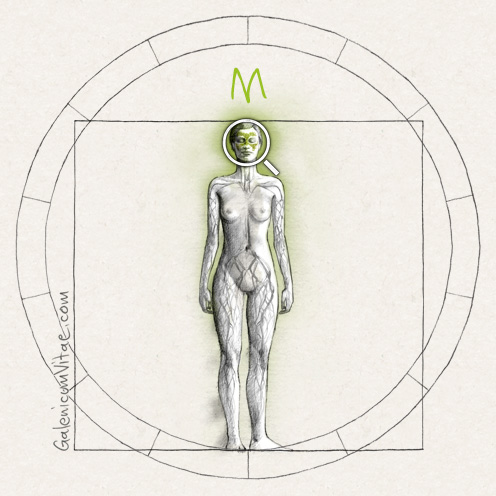The immune system is our body’s defence. Its function is fighting foreign external agents, such as a microbe that wants to enter or has already entered our body.
The immune system uses different defence mechanisms and makes antibodies, which act by blocking the foreign agent (antigen) and annulling its function. For example, our body produces antibodies to an infection or in response to a vaccine.
Lupus is a disorder of the immune system in which it mistakenly identifies its own cells as foreign (antigens) and takes action to eliminate them.
Risk factors. Nine out of ten cases occur in women. It usually affects women of childbearing age (between 15 and 45 years old).
The key to living with lupus is to be informed about the disease and its impact. Recognizing the warning signs before an outbreak helps to prevent or make symptoms less severe.
It is also important to find ways to combat the stress caused by lupus. Exercise and other forms of relaxation can make it easier to fight the disease, as well as a good social support system of family, friends, community groups or doctors.
If you suffer from lupus, your immune system will attack the cells and tissues by mistake. This can damage the joints, skin, blood vessels and a large number of organs.
There are basically two forms of lupus. The most common, systemic lupus erythematosus, affects many parts of the body. Cutaneous lupus primarily and almost exclusively affects the skin. There are chronic cutaneous forms such as discoid lupus (causing a rash that will not go away) and other characteristic subacute cutaneous lupus with skin lesions.
Another type can be caused by medications. Neonatal lupus, which is rare, affects new-borns.
Anyone can get lupus, but women are at greater risk. Lupus is also more common among African American, Hispanic, Asian and Native American women. The cause of lupus is unknown.
Lupus has many symptoms:
- Pain or swelling in joints.
- Muscle aches.
- Fever of unknown origin.
- Rashes, typically on the face (called malar erythema “butterfly rash").
There is no single test to diagnose lupus; it can take months or years to make the diagnosis. There is no cure for the disease, but medications and changes in lifestyle can help control it.
For more information visit:
Systemic Lupus Erythematosus
http://www.niams.nih.gov/Health_Info/Lupus/default.asp
Could I Have Lupus?�
�https://www.rheumatology.org/about/lupus.asp
Lupus Foundation of America, Inc.��
�http://www.lupus.org/answers/topic/frequently-asked-questions

 Digestive
Digestive  Blood
Blood Cardiovascular
Cardiovascular Dermatology
Dermatology Genitourinary,
Genitourinary, Hormones
Hormones Infections
Infections Oncology and
Oncology and Musculo-skeletal
Musculo-skeletal Mental health and
Mental health and Parasites
Parasites Respiratory
Respiratory Senses
Senses Various
Various




